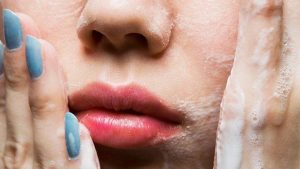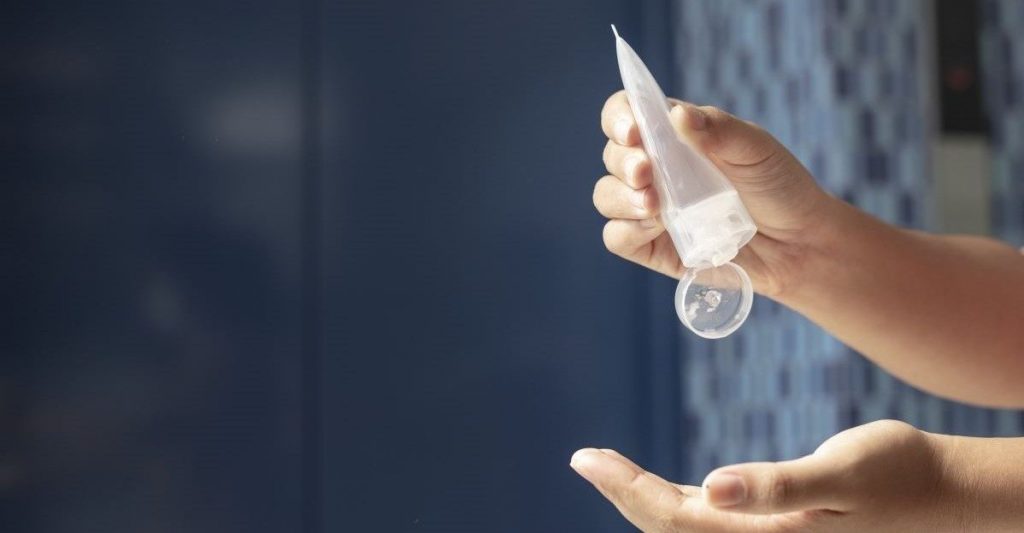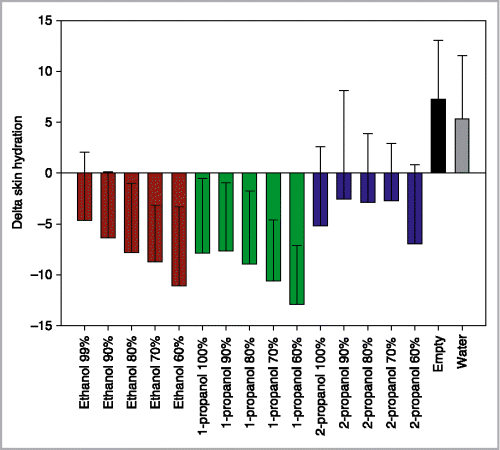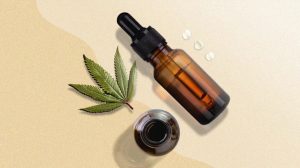
How Do You Know if a Cosmetic Product Contains Allergens?
Share on facebook Share on linkedin Share on whatsapp Share on telegram Share on email People with sensitive skin likely already look for products labelled hypoallergenic-but that might not be




